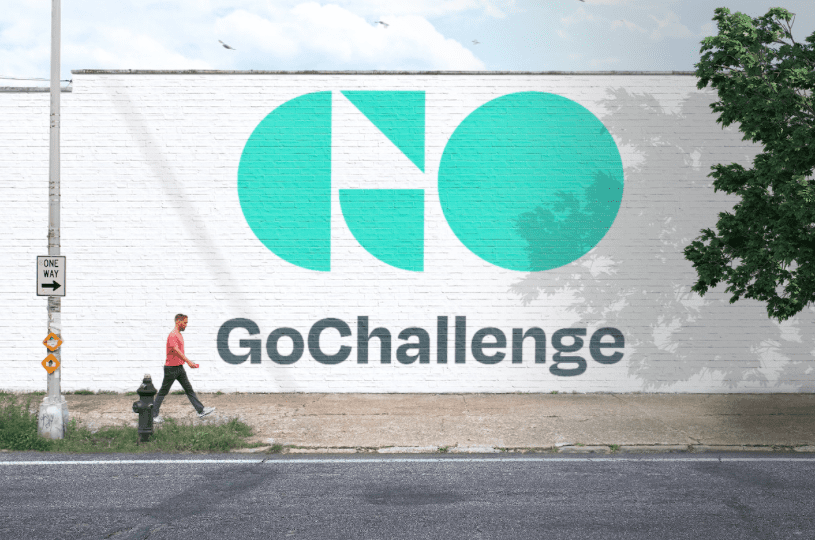Did you know that employees who have a friend at work are seven times (700%) more likely to be engaged in their job.
At GoChallenge our mission is to reconnect and re-energise the workplace. Never has this been more critical when you consider that millions of people suffer from loneliness, with more than 300 million people globally not having a single friend (Gallup data) friendship at work is needed now more than ever.
Yet of everything companies do to improve employees’ lives and promote their happiness, social well-being is the aspect they invest in least, according to a Gallup survey of CHROs of the world’s largest companies. Indeed, Gallup finds that globally, only 30% of employees strongly agree they have a best friend at work.
Why Should Companies Care?
Despite claiming “people are our greatest asset,” many senior executives expect employees to leave their personal lives at the door when they come to work. Yet Gallup’s data shows that having a best friend at work is strongly linked to business outcomes, including improvements in profitability, safety, inventory control, and employee retention.
If increased productivity, profitability, job satisfaction, and retention aren’t enough, Gallup’s latest findings show that since the pandemic, having a best friend at work has an even greater impact on important outcomes — like workers’ likelihood to recommend their workplace, intent to leave, and overall satisfaction. With the increase in remote and hybrid work, best friends at work have become lifelines who provide crucial social connection, collaboration, and support for each other.
Building Lasting Friendships at Work
Whether a workplace is fully in person, fully remote, or hybrid, a culture that prioritizes and encourages work friendships is good for employees and good for the bottom line. So how can managers create and maintain a friendship-friendly workplace that delivers measurable results while also helping to combat the global epidemic of loneliness? Here are some actions to take right now:
1. Establish a buddy system.
Everyone needs a buddy, especially when they’re new to a company. Teaming up new hires with veteran employees can expedite onboarding and productivity. Workplace buddies not only give new hires tips like where stuff is and what the unwritten rules are, but they help them make connections with other people in the company. And some of these initial connections will almost certainly lead to long-term relationships.
The key to an effective buddy system is the frequency of the interactions. Microsoft found that when its new hires met with their buddy more than eight times in their first 90 days on the job, 97% said that their buddy helped them become productive quickly. But when new hires met with their buddy only once during the first 90 days, that number was only 56%.
2. Invest in team-building with GoChallenge
OK this is a shameless plug for our company GoChallenge. GoChallenge brings a bold new vision for how organisations and their people can connect and thrive in this new era of work. Our platform has been designed to deliver the cultural and human elements that people crave most from work:
- We provide social and interpersonal interactions between colleagues, no matter where their work happens.
- We provide a sense of belonging, a sense of community and shared identity.
- We make regular exercise and movement a key part of people’s working day. Team-based activities deliver opportunities for fun, friendship and shared learning
So don’t delay, GoChallenge today.
3. Implement Cohort-Based Learning
Social learning is a concept popularised by psychologist Albert Bandura, who recognized that learning is highly effective in collaborative environments. When learners observe others, mimic each other, and discuss points of interest, this knowledge-sharing boosts organizational performance.
Andrea J Miller, CEO of the LeadWell Company, recommends using this cohort-based learning style to establish strong working relationships while accelerating training. She found:
“In these environments, people choose to come together around content that matters to them. They discuss the information, share their ideas, and hopefully master new skills together. This has several advantages. First, it can be borderless. It can also make teams more innovative and collaborative because they’re coming together around shared ideas. Cohort-based learning fosters social interaction, connection, and a sense of belonging to a community. Research shows that this can lead to increased satisfaction, greater engagement, and retention.”
Get started by arranging small workshops or training sessions focused on specific topics, skills, or projects. Sometimes these don’t even have to be work related.
Conclusion
In conclusion, fostering friendships in the workplace is not just a feel-good initiative—it’s a strategic investment in organizational success. By nurturing a culture where meaningful connections thrive, companies can unlock the full potential of their employees, driving innovation, collaboration, and employee satisfaction. So, let’s celebrate the power of friendships at work and create environments where everyone can flourish both personally and professionally.
Ref: Harvard Business Review – The Power of Work Friends by Jon Clifton


